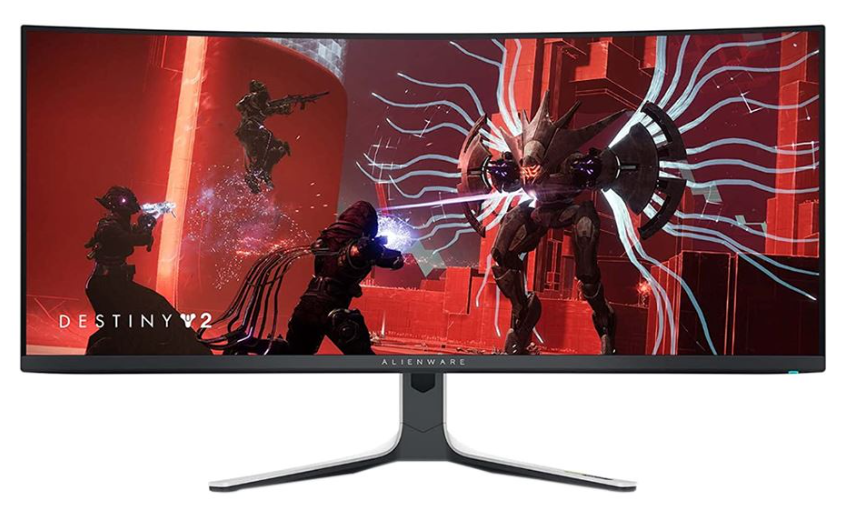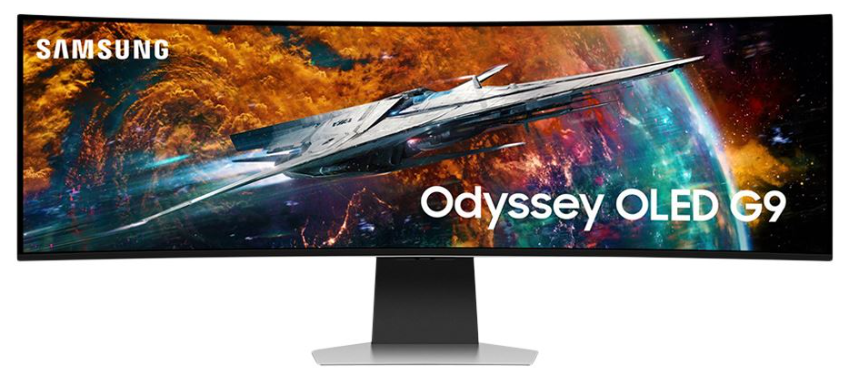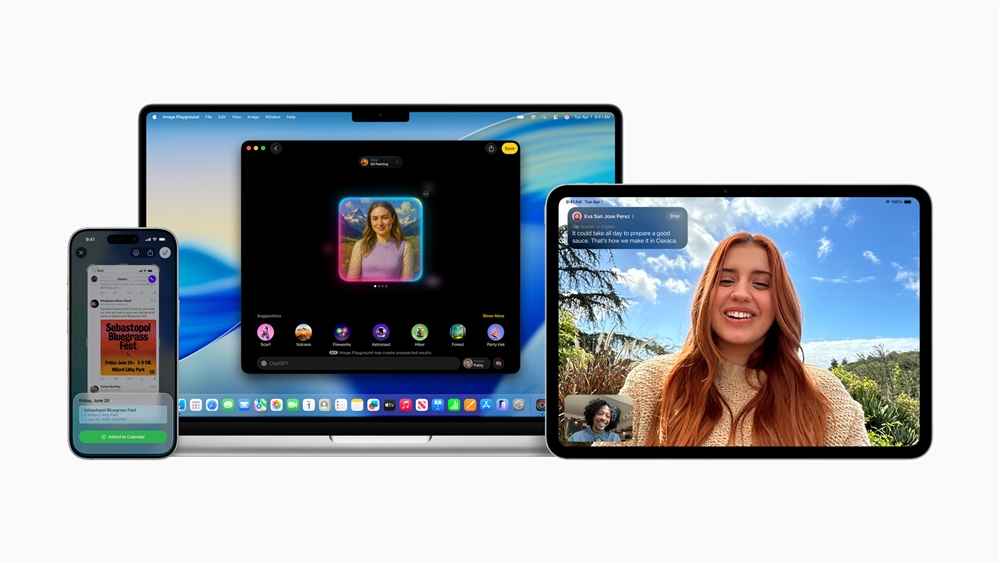HDR Monitors: What You Need to Know About High Dynamic Range Displays
High dynamic range can help your games, work, and media look better than ever.Buying Guides
It took a bit of time to catch up, but the HDR monitors of today are very competitive with the best TVs when it comes to eye-catching highlights, vibrant colors, and rich, inky blanks. With the advent of Mini-LED and OLED monitors in recent years, and Windows' ever-improving HDR support, there’s never been a better time to upgrade to a high dynamic range monitor. You can enjoy movies, games, TV shows, and even YouTube videos with richer colors and more impressive highlights.
If you’ve never bought an HDR monitor, though, it helps to have a firm grasp of what makes an HDR monitor different, and what separates a good HDR monitor from a great one. Let’s take a dive into the latest HDR monitors, and how you can pick the best one for your next monitor upgrade.
What is HDR?
High Dynamic Range, or HDR, is a technique used by filmmakers and display manufacturers to deliver an image with greater contrast. That means deeper, darker blacks, more vibrant colors, and brighter highlights. It gives an image a more lifelike look, with highlighting elements of the screen to really stand out, making for a richer, more immersive image for the viewer.
 Alienware AW3423DW 34" 2K WQHD (3440 x 1440) 175Hz Curved Screen Gaming Monitor. Photo: Micro Center
Alienware AW3423DW 34" 2K WQHD (3440 x 1440) 175Hz Curved Screen Gaming Monitor. Photo: Micro Center There are different versions of HDR content, too. HDR10 is an older HDR standard, with what’s known as “static metadata,” where the contrast and brightness aren’t dynamically adjusted throughout the show or movie, leading to some scenes being better represented by HDR than others. With dynamic HDR standards like HDR10+ and Dolby Vision, the HDR metadata can change from scene to scene, allowing for really bright images in one, and much darker images in another.
The ways HDR adjusts brightness and contrast are achieved through different technologies, depending on the type of display. In an LCD display backlit by LEDs, the individual LEDs can be turned off to create what’s known as local dimming zones. The greater the number of LEDs (as in Mini-LED monitors), the more nuanced the HDR effect can be, and the less chance for negative effects like blooming, where a bright element on a dark background can exhibit a glow around them.
OLED and QD-OLED monitors, on the other hand, have individual organic LEDs to represent pixels, and they can be turned on and off individually. That delivers a pixel-level HDR experience, though OLED technology does have some downsides of its own.
What makes a great HDR monitor?
There are a few key factors that affect how capable an HDR is. The first is its contrast ratio, usually represented by a number somewhere between 1,000 and 3,000. The higher that is, the greater ability the monitor will have when it comes to displaying dark blacks and the disparity between darker colors and brighter on-screen elements. Manufacturers will list static and dynamic contrast ratios, but you should focus on the static ratio. Anything over 3,000 is excellent, 2,000+ is great, and 1,000 or more is good enough.
 Samsung Odyssey OLED G95SC 49" DQHD (5120 x 1440) 240Hz UltraWide Curved Screen Gaming Monitor. Photo: Micro Center
Samsung Odyssey OLED G95SC 49" DQHD (5120 x 1440) 240Hz UltraWide Curved Screen Gaming Monitor. Photo: Micro Center Note: OLED monitors have a near-infinite contrast ratio, because they literally turn their pixels off to offer the truest of possible blacks. OLED contrast will always trump LCD, even if modern alternatives are very impressive.
A higher brightness in HDR mode allows for much more vibrant highlights and a richer range of colors in supported media. This is such an important element of an HDR monitor that VESA has a rating that guarantees a certain brightness. A DisplayHDR 400 logo, for example, will denote that a monitor can hit at least 400 nits of brightness in HDR mode (a nit is a measure of brightness). A max brightness of 400 isn’t that much these days, but some of the less-luminant OLED models might offer that. Top Mini-LED TVs can go in excess of 2,000 nits for small on-screen elements, but anything over 1,000 nits is excellent for HDR.
There’s some nuance there. The brightness can be affected by local dimming zone counts. Mini-LED or LED backlit LCD monitors will benefit from higher dimming zone counts, even more so than TVs as you tend to sit closer to a monitor. Monitors also deal with smaller on-screen elements, so blooming can be more pronounced. A monitor with around 500 dimming zones might have some blooming, but on anything with over 1,000 dimming zones it's far less noticeable. This is also affected by screen size, with larger screens potentially requiring more local dimming zones to maintain the same efficacy.
Monitors with strong color gamut support are also important for HDR, since HDR uses its added luminance and contrast to enhance the vibrancy of colors. This refers to the range of colors a monitor can represent. With greater color support comes richer colors. Look out for monitors that support close to the full ranges of important color gamuts like sRGB (a common digital device color standard created in 1996) and DCI-P3 (the current standard for digital video). Certain technologies, like quantum dots, can also enhance the colors in supporting monitors.
What’s the best HDR monitor?
There are a lot of incredible HDR monitors out there, from the richest of OLED displays to the brightest Mini-LED screens; from compact and affordable to gigantic and top-of-the-line. Whatever kind of HDR monitor you’re looking for, there’s a great option out there, and you can find them at Micro Center.
The Alienware AW3423DW is a huge, 2K resolution OLED monitor with incredible HDR performance. It has a brightness over 1,000 nits, full support for the major color gamuts, and incredible color accuracy (making it excellent for professional work).
Want something even bigger? Samsung’s enormous G9 Odyssey OLED is 49-inches of incredible contrast, high brightness, and vibrant coloring. Still not big enough? Try the 57-inch version with Mini-LED backlighting that can reach over 1,200 nits of brightness in HDR mode.
The Corsair Xeneon Flex looks just as good, but you can bend it so it switches between a curved or flat-panel display, depending on your needs. It's great-looking and versatile.
If you’re looking for something more affordable, The HP Omen 27q is under $250, and yet still offers strong HDR support, with a high brightness for its price, along with 1440p resolution, and a high refresh rate.
HDR monitors can help level up your games, bolster your productivity, and make the media you love look better than ever before. If you’re ready to upgrade, stop by your local Micro Center today. And if you have any questions on HDR, be sure to leave a comment down below.!
More on monitors:
- The Ultimate Guide to Buying a Computer Monitor in 2024
- Understanding High Refresh Rate Monitors
- Asus ROG Swift OLED PG32UCDM Review
- Acer Nitro KG240Y Review
- Dell Ultrasharp U4025QW Review












